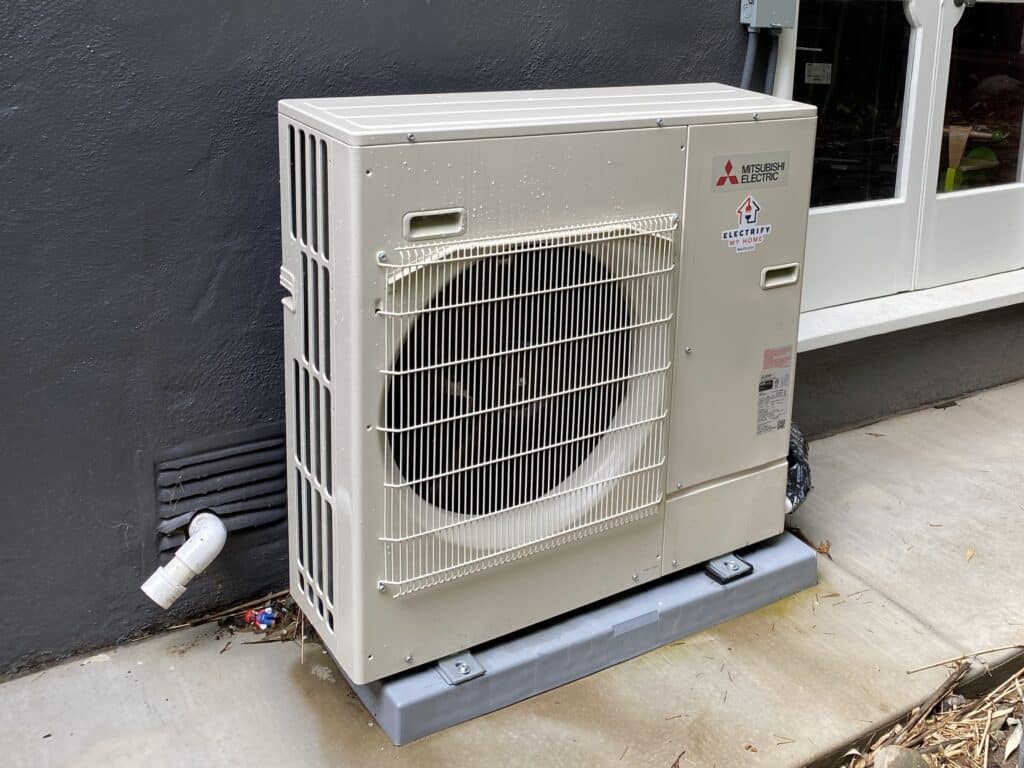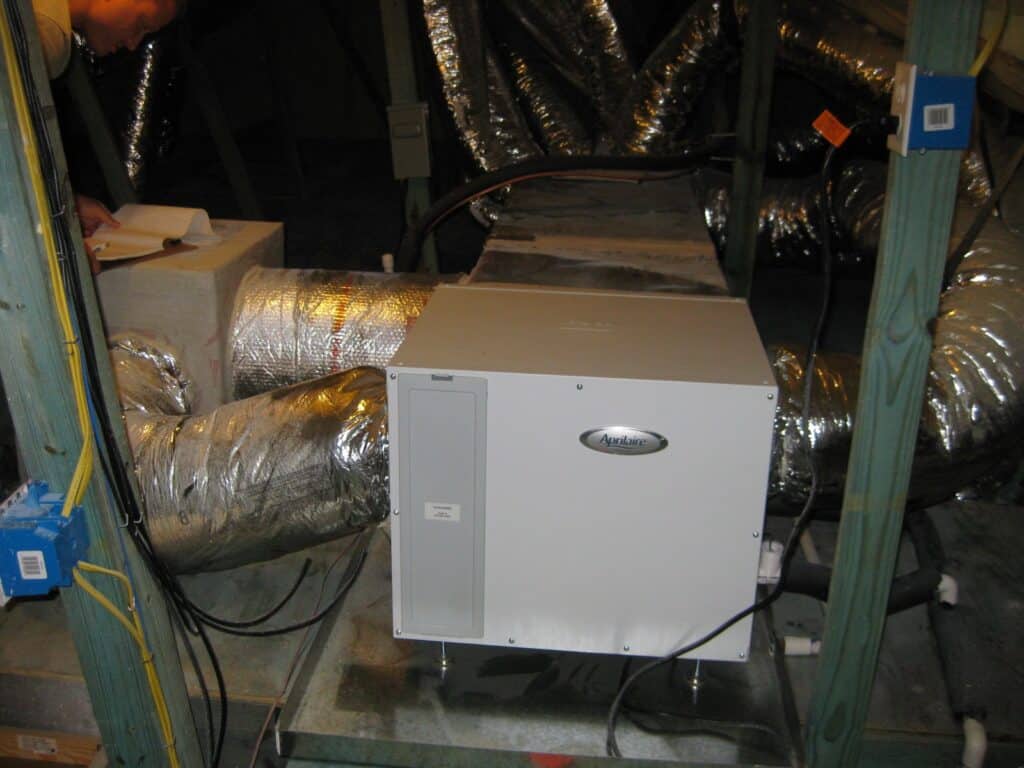At Champion Services, we understand that the decision to upgrade your heating unit is an important one. It’s important to weigh the pros and cons of investing in a new system, as well as consider all of the benefits it can provide for your home.
In this guide, we’ll discuss the reasons why you should upgrade your heating unit, what kind of benefits it can provide, how to go about upgrading your system and more. We’ll also provide some helpful tips on how to make sure you get the most out of your investment.
At champion services, we have decades of experience in providing top-notch services at a fair and reasonable price point! Whether you need HVAC, plumbing or electrical repairs, maintenance, new installations or replacements – we’re here to help. Our experienced technicians are on call day and night, ready to assist with all of your heating needs.
Reasons to Upgrade Your Heating Unit
At Champion Services, we understand how important it is to have a reliable and efficient heating system. Over time, your heating unit can become outdated or inefficient, resulting in higher energy bills and poor performance. If you’re considering upgrading your heating unit, here are some reasons why it may be beneficial for you.
No Extra Protection
Older models of heating units may not have the same level of protection as newer models. This means that if something goes wrong with your system, you may not have the extra protection of warranties or guarantees that come with newer models. This could leave you responsible for any repairs or replacements needed on your system.

Decreased Appeal
If you’re planning on selling your home in the near future, having an outdated heating unit can decrease the appeal of your home to potential buyers. An older model may be seen as an eyesore and could potentially turn away buyers who are looking for a more modern home.
Performance Issues
As mentioned before, older models of heating units may not perform as efficiently or effectively as newer models. This can result in higher energy bills due to the system having to work harder to heat your home and can also cause other issues such as uneven temperatures throughout the house or frequent breakdowns.
Upgrading your heating unit can help alleviate these issues and provide you with a more reliable and efficient system that will last for years to come.
Upgrading heating unit can provide extra protection, increased appeal and improved performance.
Benefits of Upgrading Your Heating Unit
At Champion Services, we understand the importance of keeping your home comfortable, which is why we are committed to providing the best quality heating services. An outdated or inefficient heating unit can be a major source of discomfort and frustration, so upgrading your system is an important decision that should not be taken lightly. Here are some of the benefits you can experience when you upgrade your heating unit.
More Efficient System
One of the most significant advantages of upgrading your heating unit is that it will become more efficient. Newer models are designed with improved energy efficiency in mind, so they use less energy to heat your home while still providing the same level of comfort. This means that you’ll save money on energy costs and reduce your carbon footprint at the same time.
Warranty Coverage
When you upgrade your heating unit, you’ll also get warranty coverage from the manufacturer. This means that if something goes wrong with your new system, you won’t have to worry about footing the bill for repairs or replacement parts. Most warranties cover parts and labor for a certain number of years, giving you peace of mind knowing that you won’t have to pay out-of-pocket if something goes wrong with your new system.
Increase Home Value
Upgrading your heating unit can also increase the value of your home if you ever decide to sell it. Potential buyers are always looking for homes with modern amenities like updated HVAC systems as this makes them more attractive investments. Investing in a new heating unit now could potentially increase the resale value of your home down the line.
Improved Performance
Finally, upgrading your heating unit will also result in improved performance and reliability. Newer models are designed with better technology and higher-quality components than older units, so they tend to last longer and operate more efficiently than their predecessors. This means that you can enjoy a consistently comfortable temperature in your home without having to worry about breakdowns or repair costs down the road.
At champion services, we understand how important it is to keep your home comfortable all year round. That’s why we offer top-notch HVAC services at a fair price point! If you need help upgrading or repairing your heating unit, give us a call today!
| Benefit of Upgrading | Description |
| More Efficient System | Uses less energy to heat your home while still providing the same level of comfort. |
| Warranty Coverage | Manufacturer warranty covers parts and labor for a certain number of years. |
| Increase Home Value | Investing in a new heating unit now could potentially increase the resale value of your home. |
| Improved Performance | Newer models last longer and operate more efficiently than their predecessors. |
How to Upgrade Your Heating Unit
Upgrading your heating unit can be a big investment, but it is worth considering for many reasons. Not only will you get more efficient system with warranty coverage, but you can also increase the value of your home and improve performance. Here are some tips from Champion Services on how to upgrade your heating unit.
Get Professional Help
The first step in upgrading your heating unit is to get professional help. A qualified technician can assess your current system and provide advice on what needs to be done to make sure the installation is successful. It’s important to find a reputable HVAC company that specializes in heating unit upgrades so that you can be sure that the job is done correctly and safely. At Champion Services, our technicians have years of experience and use the latest technology to ensure that all installations are up-to-date and meet industry standards.
Research Rebates and Financing Options
Once you’ve chosen a contractor, it’s time to research any rebates or financing options available for upgrading your heating unit. Many utility companies offer incentives for energy efficient upgrades, so check with them first. Additionally, many HVAC companies offer financing options that can help make the cost of an upgrade more manageable.
Schedule an In-Home Estimate
The last step in upgrading your heating unit is scheduling an in-home estimate with a qualified technician. During this visit, they will measure your home and discuss the various options available for replacing or upgrading your existing system. They will also explain any additional costs associated with the installation such as ductwork or wiring changes that may need to be made. After the visit, you should have a better understanding of what type of system would best suit your needs as well as how much it will cost to complete the project.
At Champion Services, we understand how important it is to keep your family comfortable during cold weather months, which is why we strive to provide top-notch services at a fair price point! If you’re considering upgrading your heating unit, don’t hesitate to reach out for professional assistance today!
upgrade heating unit to increase efficiency, value of home and performance. Professional help needed for successful installation with potential rebates and financing options. In-home estimate required to understand best system and costs.
Conclusion
Upgrading your heating unit is a great way to improve the efficiency and performance of your home. With improved efficiency, you can save money on energy costs, while also increasing the value of your home. Plus, with a new system, you will have warranty coverage for any repairs or replacements that may be needed in the future.
At Champion Services, we understand how important it is to have a reliable and efficient heating system in your home. That’s why we offer professional services to help you upgrade your heating unit safely and effectively. We are available 24/7 to assist with any repairs, maintenance, new installations or replacements. Contact us today to schedule an in-home estimate and get started on upgrading your heating unit!






